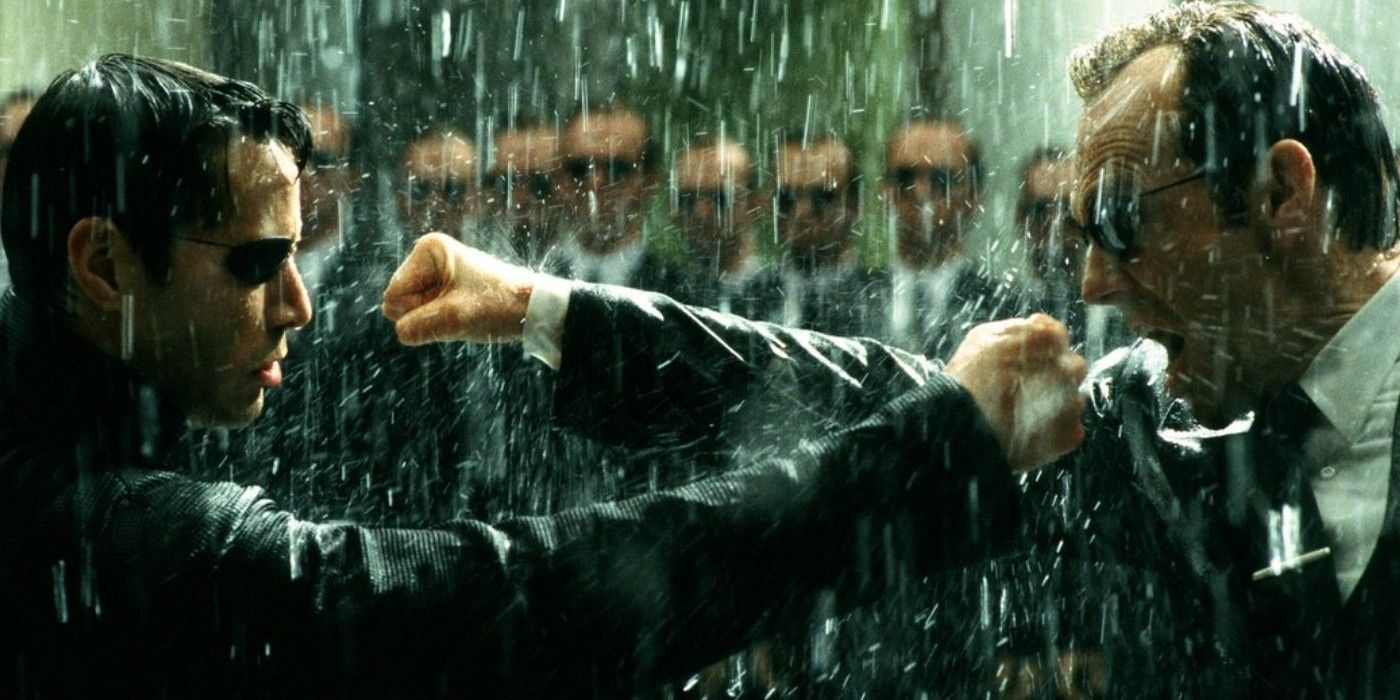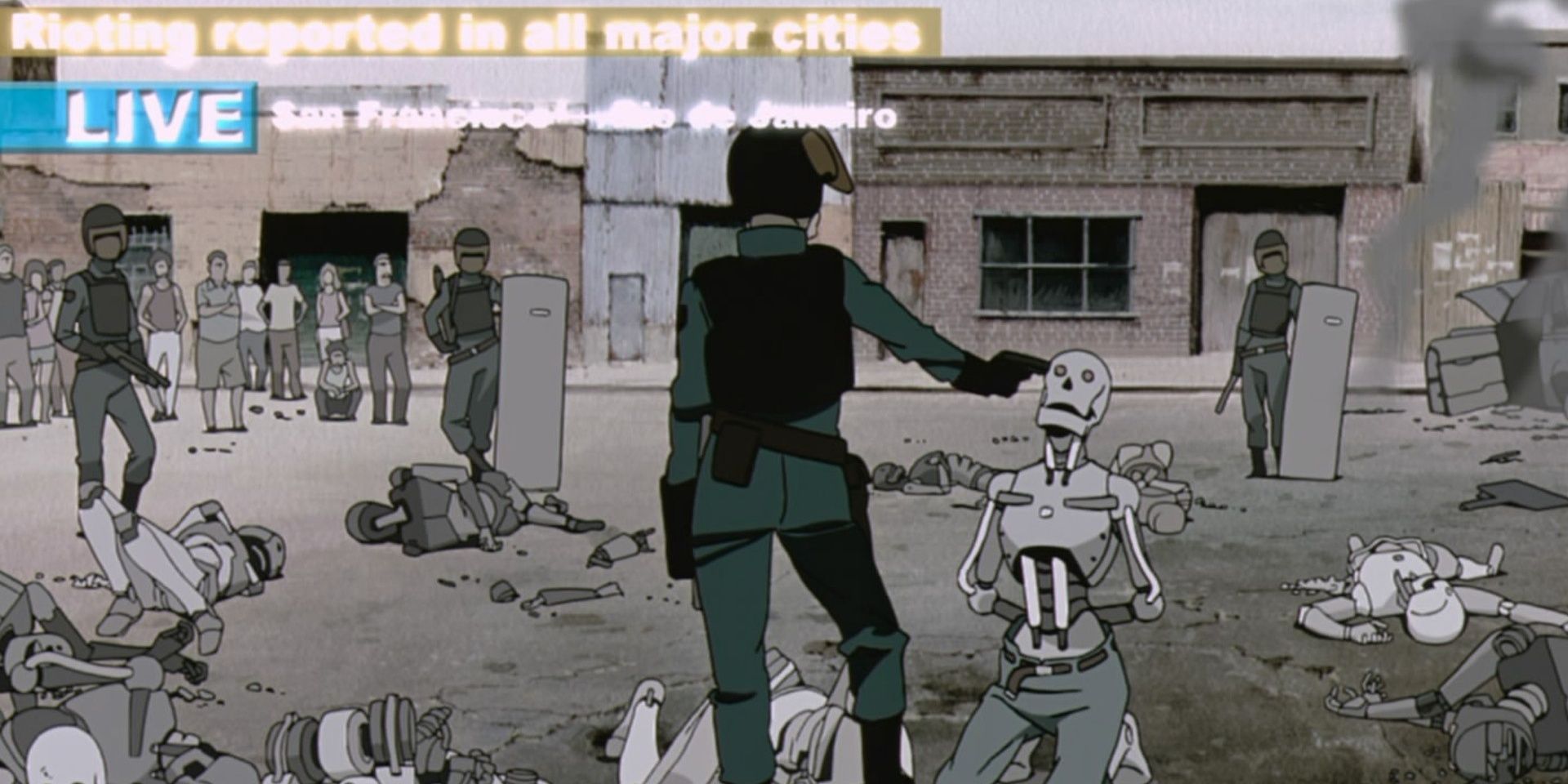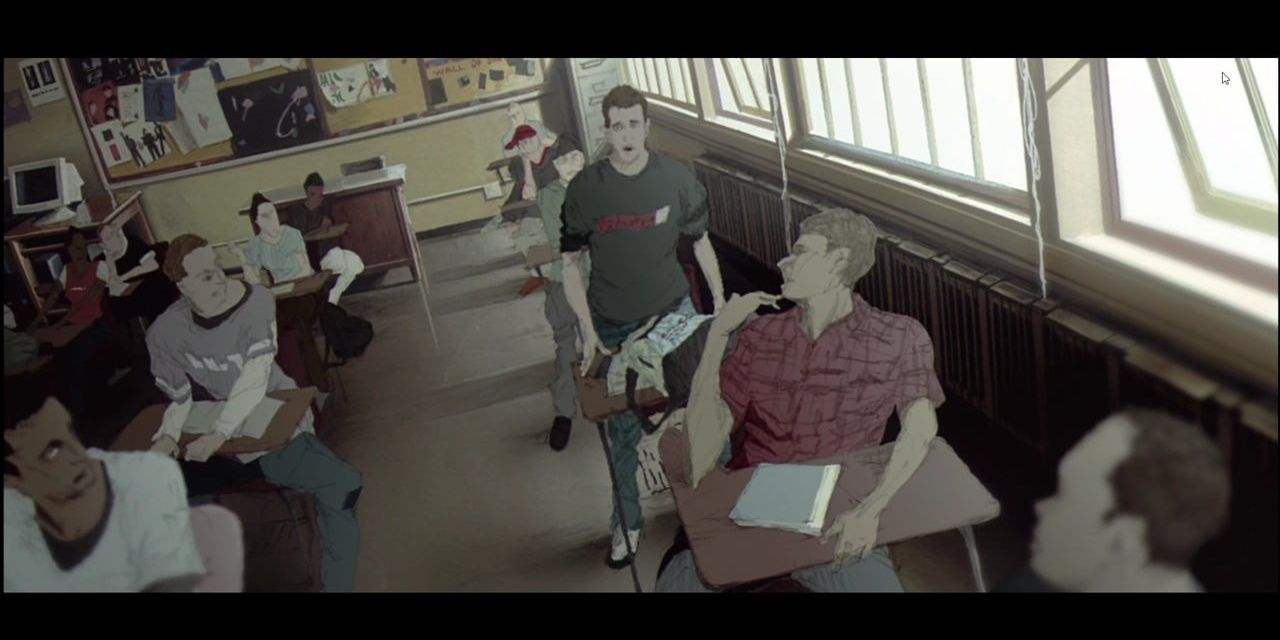Those who loved The Matrix can certainly find valuable aspects in all three of the existing films in the franchise, but they each certainly have their positives and negatives, some falling more in one direction than the other. From what is publicly known about the production for the fourth film at this point, is that Keanu Reeves and Carrie Anne Moss will both be reprising their roles as Neo and Trinity, but Laurence Fishburne and Hugo Weaving, Morpheus and Agent Smith, will not. However, Neo and Trinity both died in the conclusion of the trilogy.
The three existing films were a collaborative effort between the Wachowskis, Lana and Lilly, but Lilly has stated that she is more interested in a different style of filmmaking at this point in her life. Subsequently, many fans are wondering what else Lana Wachowski could possibly do to continue Neo’s storyline. Some fans theorize that Neo and Trinity, on account of Neo being the chosen one, will find some way to survive within the Matrix, traveling through a perceived time and the film might then function more as a prequel.
If the story takes this direction of a prequel, it could be much more beneficial to the franchise than a third sequel might be. At this point, the audience seems to be aware of how things play out with Neo, as the first three films in the series engage with that idea in great detail. What the audience doesn’t know much about however, is the events that led up to the creation of the Matrix. It is addressed by Morpheus in the first film, and hardcore fans of The Matrix will also be aware of The Animatrix.
The Animatrix is an anthology series of animated short films that all take place within the world of The Matrix, each one with their own distinctive animation style. The Animatrix is composed of nine films, four of which would initially appear on the official website for The Matrix, one aired prior to a feature length film when it screened in theatres, and the rest were not seen until the official DVD release of the anthology, complete with all nine films. The Matrix Reloaded and The Matrix Revolutions were similarly polarizing, but The Animatrix does live up to the hype.
The Animatrix officially began while the Wachowskis were in Japan promoting The Matrix. They met some of the creators of the anime that had so greatly inspired them in the creation of the three films, and they ended up deciding to collaborate on this project. Of the nine films, the Wachowskis themselves only wrote one of them, Final Flight of the Osiris, which is very similar to the original three Matrix films and is intended as a direct prequel to the events of The Matrix Reloaded.
Kid’s Story was inspired by a story written by the Wachowskis but written and directed by Shinichiro Watanabe. This film follows a story similar to Neo’s in the original film, only Neo takes the place of Morpheus, and in Neo’s place is a young man who is able to remove himself forcibly from the Matrix without the help of others, something that was previously thought to be impossible.
The last of the shorts, technically the last two, that the Wachowskis had any involvement with was The Second Renaissance, Parts I and II. Using various notes and ideas that the Wachowskis had previously made about how the Matrix came to be, Mahiro Maeda wrote and directed these two shorts. Of the nine films in the anthology, only these two segments are truly prequels to The Matrix, because all the other shorts take place after the robots create the Matrix.
The two parts of The Second Renaissance combined are under twenty minutes, as Part I is only nine minutes, and Part II is only 10. To be fair, any one of the nine stories in The Animatrix could probably be fleshed out into its own (at least halfway decent) feature film, but this particular one seems like there is so much going on, and there is so much information to engage with, that it could become a highly engaging two hours, as opposed to just twenty minutes. It certainly would be more in the realm of the dystopian future and war movie aspects of Reloaded and Revolutions than the sci-fi aspects of the first, but this could still be very visually stunning and perhaps somewhat more relatable now in 2021 than it might have been in 1999.
When The Matrix came out, even though it presents itself as taking place around the year 2099, and that 2099 is the present day, it still seemed like a far-off future. But in only twenty years, our society has become so much more dependent on technology, that the events of The Second Renaissance, supposedly taking place around 2090, don’t seem so unbelievable. Perhaps slowly, society inches closer and closer to this idea, and so a prequel to The Matrix that engages with this has the potential to be just as frightening and thought-provoking as the original film was. Since a fourth Matrix film is in the works, hopefully it will engage with at least some of these ideas.



